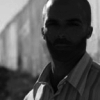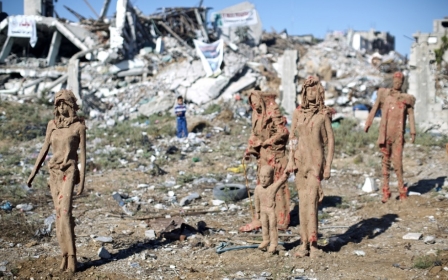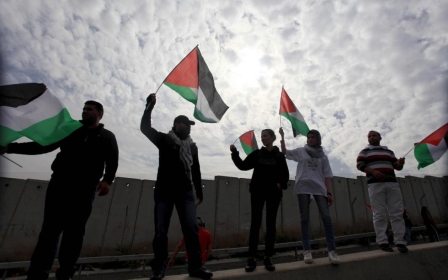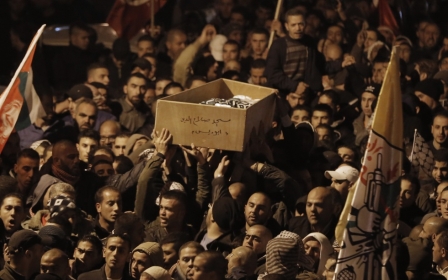Palestinian representation and the factional power struggle
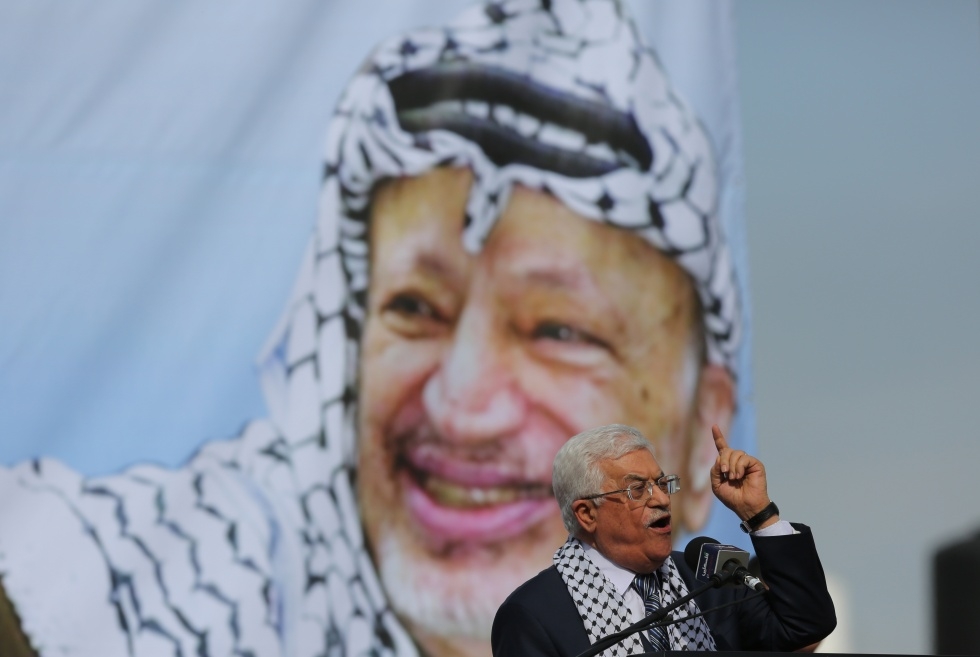
The April signing of a “reconciliation agreement” by Palestinian factions was met with widespread scepticism in the West Bank. Amidst growing public distrust in political parties and a deepening despondency at the ability of any of the various actors' abilities to halt Israel's settler-colonial project, few seemed to believe that the agreement would amount to tangible change. Recent events in the West Bank show that factionalism is as damaging now to the national cause as it was before the agreement was signed in Gaza City.
On 11 November, thousands filled “al-Muqataa" compound to commemorate the tenth anniversary of Yasser Arafat's death, as it had served as his headquarters and is home to his tomb. Inside the compound a sea of yellow Fatah flags filled the air. The event resembled a commemoration of the death of a Fatah leader rather than that of a national President and former guerrilla leader. The colours of other factions were obvious only in their absence and national flags were sparse. Comparing these scenes to those witnessed during the Second Intifada when an under-siege Arafat was surrounded by Palestinians and flags of every faction throws up a sharp contrast. Figures like Arafat and Sheikh Ahmad Yassin were seen as national leaders during their lives; today they are commemorated as factional icons.
Other recent events have drawn similar parallels. In September, an Eid al-Adha party was organised in al-Bireh for the children of political prisoners and martyrs. Much like Abu Ammar's recent commemorative event, the party was held under a blanket of yellow flags as though these national issues have now become pawns in a factional game.
Since the signing of the “reconciliation agreement”, the sight of Hamas members openly wearing their colours at public events in the West Bank has re-emerged. During Israel's bombardment of Gaza this summer, Hamas supporters were visibly active during demonstrations yet often remained within their factional group inside wider protests amidst rumours of continued politically-motivated arrests.
The recent attacks on al-Aqsa Mosque and against Palestinians in Jerusalem have provided another arena for the cynical development of the factional power struggle on the West Bank's streets. In early November, a popular call went out in the Qalandiya refugee camp for a demonstration at the nearby Qalandiya checkpoint. Emanating from the camp's community itself, the call for protest was supported by all community-based organisations and political groups in the camp. Several hundred people from across the factional divide joined the protest; Israeli forces responded with violence.
Two days later, PLO factions officially called for a “Day of Rage” at the checkpoint. In vivid contrast to the earlier “popular” protest, the 50 or so journalists who turned up to document the event outnumbered those who heeded the call for action. People had spoken with their feet in their rejection of factional direction for action. This notion supported the trend of recent resistance in Jerusalem which has been carried out largely by communities and individuals rather than in the names of factions.
Hamas called for a public show of solidarity in central Ramallah the following week. By staging the event in the city centre, Hamas was attempting to raise its public image within Palestinian society rather than confront the occupation. No more than 200 people heeded Hamas' call from across the Ramallah district.
Whilst Fatah and Hamas have recently failed to mobilise significant popular support for resistance or solidarity actions in the West Bank, other factions are even less evident. The Palestinian left remains in disarray - stuck in a quagmire between occasional radical rhetoric and the more conservative PLO and NGO base in which it finds itself today in its various suits. This has pushed some activists to form independent “groups” which collaborate on specific actions, but do so outside the current factional framework which is seen by some as part of the problem rather than the solution.
Fears of violence emerged recently within the street-level power struggle. Following Mahmoud Abbas' statement denouncing "all violent acts" in reference to recent events in Jerusalem, some leftist parties and civil society actors called for a demonstration against Abbas seeing his comments as a denouncement of armed resistance. Awaiting the protest in central Ramallah, around 200 Fatah youth prepared to prevent their political adversaries reaching “al-Muqataa”, although the demonstration against Abbas finally failed to show, with some Fatah activists present suggesting it had been side-lined to prevent potential clashes.
For some people, factional labels may now have been adopted into the struggle for identity. There are certainly many people today in the West Bank who still label themselves “Fatah” without supporting the party's long-standing policies or its established leadership. Amongst the new generation, such “affiliations” can simply be inherited from elder family members. For a people who have for so long been denied a national identity on many levels, maybe identity is being defined elsewhere. Yet, even for those who still wear such labels, it seems many do not have the political belief to heed factional calls for action.
Division of their subjects has always been of benefit to oppressors. In Israel's case, divide-and-conquer strategies wear various masks, amongst which the Oslo process has been fundamental is cementing the colonial project in Palestine and increasing both physical and societal division. Weak Palestinian leadership bought into that process and sustains it today at the expense of a revolutionary struggle. Both Fatah and Hamas have stood at the helm of the Palestinian Legislative Council that Oslo spawned. Finding grassroots support for the Oslo process in the Palestinian street is now like looking for the proverbial needle in a haystack.
The Oslo framework has created a system in which factional leaders' rhetoric about the “Palestinian people” is offset by an internal struggle which vies for political leverage only within the “1967 borders.” Palestinians inside 1948 occupied lands have been side-lined by this process and those in international exile are all but forgotten.
In practice, today's “national” representation limits its context to the “State of Palestine” rather than the Palestinian people - instantly reducing a fragmented population of some 12 million to less than 5 million. The Oslo-generated system in which major factions operate does not allow that position to change. It also seems that even within the 1967 occupied lands real political support for factions - the type which can stimulate action rather than merely encourage the wearing of a label - is disappearing fast as public frustration at the constant trading of accusations and ongoing power struggles between factions continue.
Overcoming these debilitating internal battles and rebuilding inclusive struggle is a daunting but necessary step that involves reshaping Palestinian political representation rather than signing factional agreements within the current framework. It must be the collective Palestinian people themselves that dictate the shape their future will take. This is a necessity that cannot be achieved without inclusive representation.
The Palestinian people have been dispersed across the globe by Zionist policies for more than 66 years, but it is that geographically fragmented body, inclusive of all refugees and displaced people, who must be permitted to play a role in shaping their own destiny if “rights” rather than “elitist power” are to remain the ultimate goal.
Rich Wiles is an award-winning photographic artist, author and film-maker who has been based in Palestine for more than 10 years. His latest book is Generation Palestine: Voices from the Boycott, Divestment and Sanctions Movement (Pluto, 2013). www.richwiles.com
The views expressed in this article belong to the author and do not necessarily reflect the editorial policy of Middle East Eye.
Photo: Mahmoud Abbas delivers a speech during a ceremony marking 10 years since the death of veteran leader Yasser Arafat in Ramallah on 11 November
Middle East Eye propose une couverture et une analyse indépendantes et incomparables du Moyen-Orient, de l’Afrique du Nord et d’autres régions du monde. Pour en savoir plus sur la reprise de ce contenu et les frais qui s’appliquent, veuillez remplir ce formulaire [en anglais]. Pour en savoir plus sur MEE, cliquez ici [en anglais].


